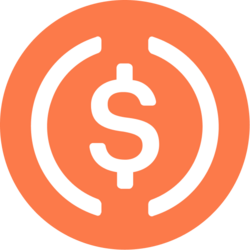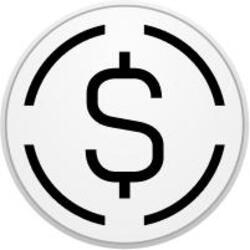President Donald Trump’s tariffs are likely to spur inflation before they slow growth, keeping the Federal Reserve on the sidelines for the rest of 2025, according to Morgan Stanley’s updated forecast Tuesday. With Trump’s reciprocal tariffs against dozens of U.S. trading partners due to hit Wednesday, the Wall Street investment bank sees gross domestic product growth coming to a near standstill and core inflation ending the year well above the central bank’s 2% target. That means, absent a recession, the Fed likely will continue its holding pattern on interest rates, Morgan Stanley said. “Since tariffs firm inflation now and weaken activity later, we have inflation diverging more substantially from the 2% target in 2025 than employment diverges from maximum employment,” Michael Gapen, Morgan Stanley’s chief U.S. economist, said in a client note. “As a result, we think the right answer is for the Fed to wait in its current stance for longer.” Recent comments from Fed officials at least reinforce the notion that rates are not going anywhere in the near term. In a speech last week, Federal Reserve Chair Jerome Powell said he expects policymakers to “wait for greater clarity” on trade policy ramifications before adjusting any further. The Fed currently targets its key overnight lending rate in a range between 4.25% and 4.5%, where it has been since December. Gapen expects it to stay there as core personal consumption expenditures price inflation rises to 3.9% by the end of the year, from its February level of 2.8% . While that is happening, real GDP growth is expected to slow to 0.8% in 2025 and 0.7% the following year. In a stagflation scenario of high inflation and slow growth, Gapen expects the Fed to tilt toward controlling inflation rather than boosting growth. That means, according to the Morgan Stanley forecast, no rate reductions in 2025 and none until March 2026, when the Fed enters an easing regime that entails cuts at every ensuing meeting until the funds rate falls to a range of 2.5% to 2.75%, the equivalent of seven quarter-percentage-point reductions. Only a recession would change the calculus. “In a sluggish growth outlook with high inflation, we do not foresee Fed cuts until March 2026. A recession could mean earlier and larger up-front cuts,” Gapen wrote. The forecast is similar to others on Wall Street in foreseeing higher inflation and slower growth, a scenario Powell also predicted. However, traders are pricing in aggressive Fed rate cuts this year, seeing about a 45% chance of the first one coming in May and a total of four by the end of 2025, according to CME Group data. Goldman Sachs earlier this week raised its recession outlook to a 45% probability and said if the economy does retrench, it could cause the Fed to cut by 2 percentage points, or 200 basis points, over the next year. Get Your Ticket to Pro LIVE Join us at the New York Stock Exchange! Uncertain markets? Gain an edge with CNBC Pro LIVE , an exclusive, inaugural event at the historic New York Stock Exchange. In today’s dynamic financial landscape, access to expert insights is paramount. As a CNBC Pro subscriber, we invite you to join us for our first exclusive, in-person CNBC Pro LIVE event at the iconic NYSE on Thursday, June 12. Join interactive Pro clinics led by our Pros Carter Worth, Dan Niles and Dan Ives, with a special edition of Pro Talks with Tom Lee. You’ll also get the opportunity to network with CNBC experts, talent and other Pro subscribers during an exciting cocktail hour on the legendary trading floor. Tickets are limited!












































